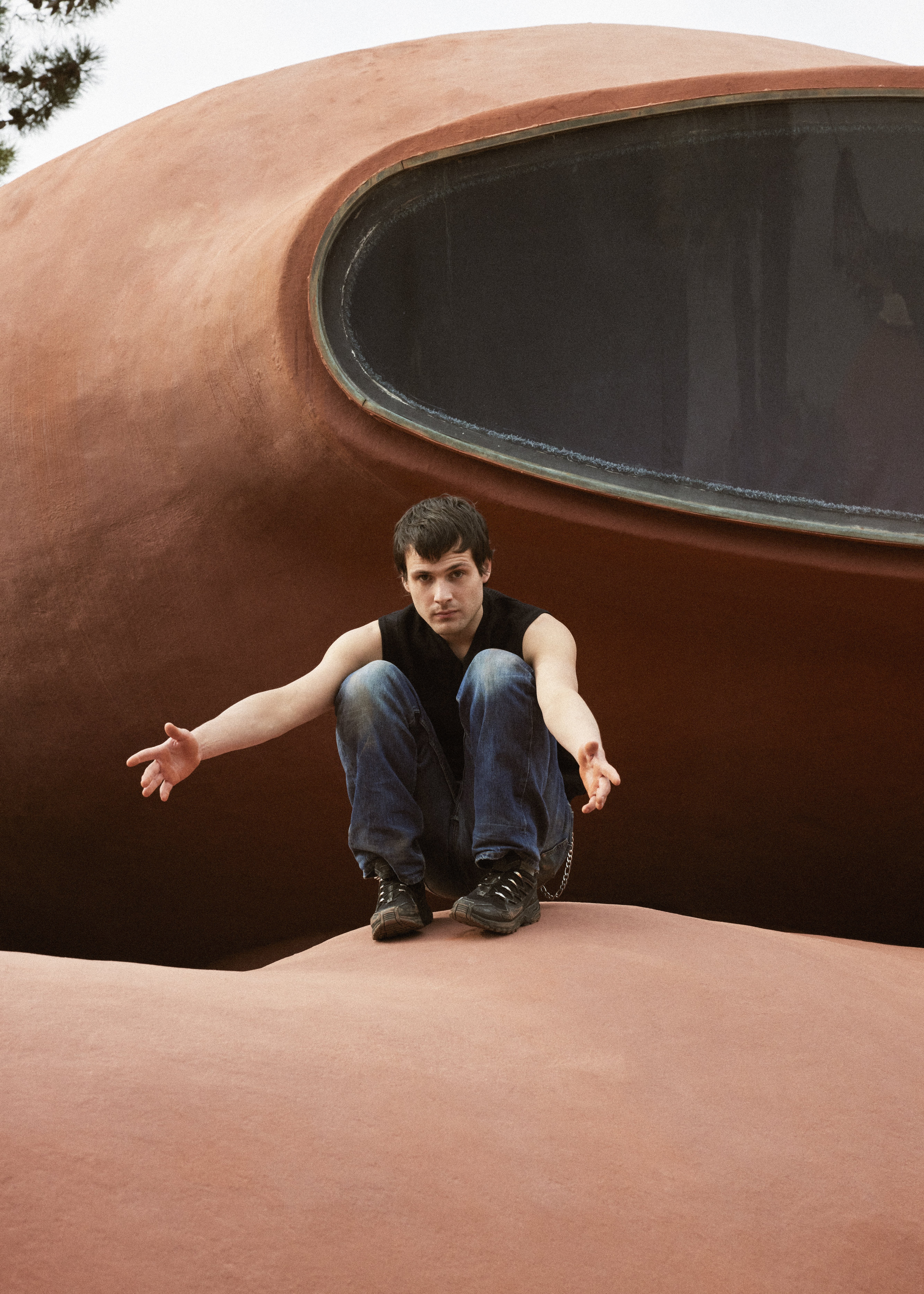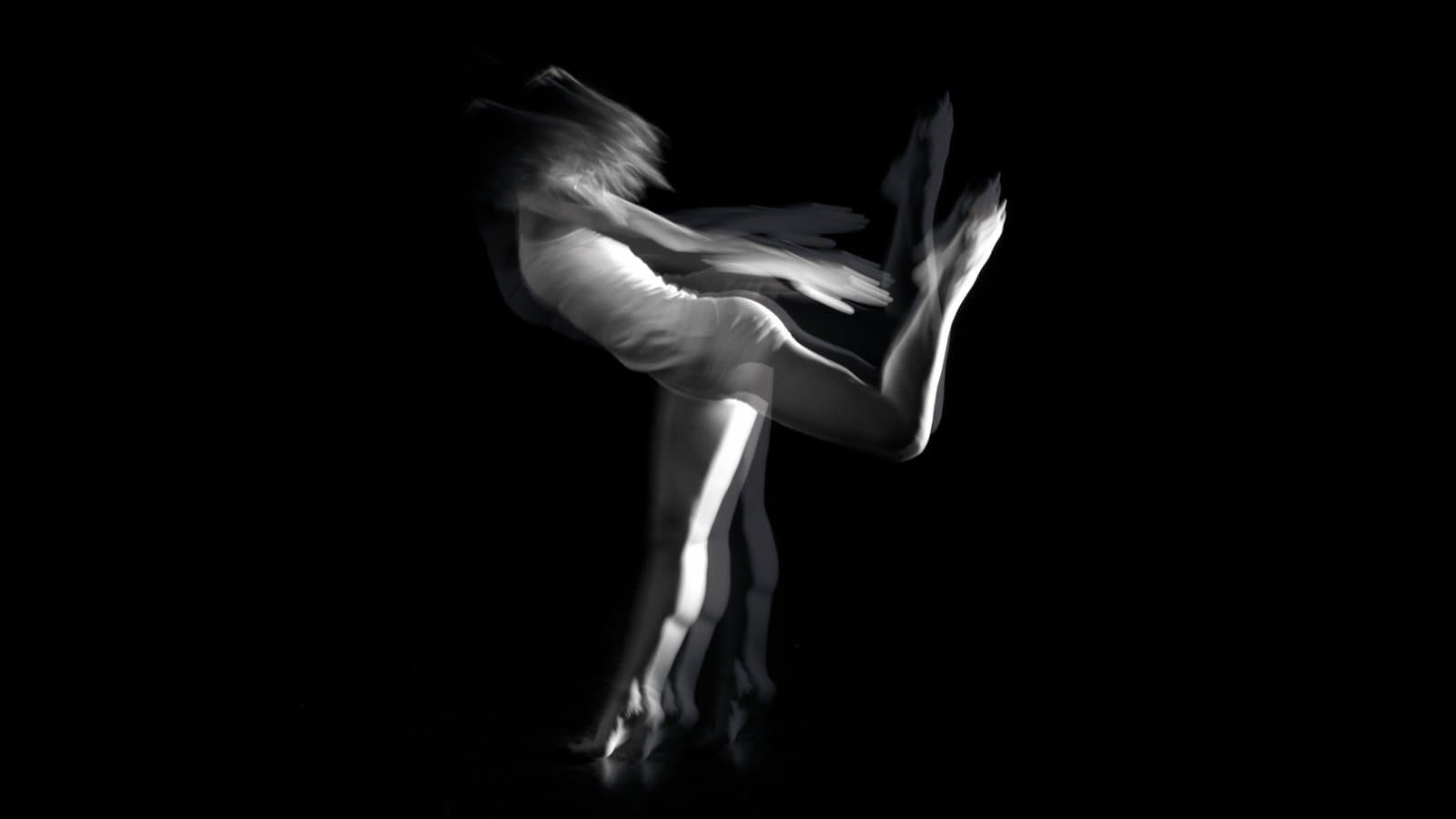Outwardly, French circus appears to be in rude health. In Lyon alone, the UtoPistes festival recently inaugurated its sixth edition, the juggernaut Nuits de Fourvière festival will bring a number of circus productions to large audiences this summer, and in 2021, the city authorities announced ambitious plans for an International Center of Circus Arts in the suburb of Vénissieux. Yet between the pandemic and increased financial challenges, contemporary circus artists looking to work on a bigger scale are struggling.

“I want to bring circus to places that may have been out of reach until now. I’d love to stage an opera under a circus tent, to bring the artform to rural areas and to the suburbs, to people who can’t afford it or who don’t know much about it,” says Matiss Nourly, a student in the 34th class of the National Center for Circus Arts (CNAC) in Châlons-en-Champagne. This year, Nourly and his fellow students will perform Balestra, their graduation piece, during the UtoPistes festival and at the Nuits de Fourvière. Nourly has big ambitions for the future: “In recent years, we’ve seen a lot of solo pieces, duos, or small-scale work, in part because there wasn’t enough money for bigger projects. I feel like today there is a desire to go back to collectives, to bigger budgets in bigger venues.”
While many in the circus world share Nourly’s dreams, affording them is another story. As contemporary circus has distanced itself from traditional circus, unrelated, virtuosic acts have been replaced with dramaturgically cohesive productions, and the resulting work has attracted increasing public funding in France. “I think we’ve had large-scale contemporary circus projects in France for thirty years now, and they have toured internationally,” says Jonas Julliand, an acrobat with the Galactik Ensemble. The company recently presented a program entitled Presque Fresque at the Théâtre des Célestins, as part of UtoPistes.
“It’s important to have big-budget productions, in order to share the culture of circus widely. But I’m not sure it’s the future,” says Mathieu Bleton, a member of the same collective. “What I think is going to happen is that we’ll have a gap between a few blockbuster projects, led by big names and well-established, famous companies, a smaller ecosystem that will do OK with lighter work and sets, at a cost of €4000 or so per performance, and a middle ground between the two that is going to struggle.” For the Galaktik Ensemble – which produces “among the bigger medium-sized projects,” according to Bleton – the situation is increasingly tricky, and makes it difficult to pay artists proportionately to their experience. “If you refuse to pay people pennies, it gets complicated,” he says.
 © Balestra de Marie Molliens © Christophe Raynaud de Lage
© Balestra de Marie Molliens © Christophe Raynaud de Lage
“Contemporary circus has found a home in multidisciplinary venues and networks,” says Laurent Ballay, the deputy director of the Baro d’Evel company, whose new work Là will be performed at the Nuits de Fourvière and at UtoPistes. “As a result, artistic teams are directly impacted by the issues these venues are currently facing.” While rising energy costs, for instance, have led to shorter lifespans for dance and theatre productions as well, these repercussions are especially worrying for circus, whose economy relies on long tours. “Traditionally, we tour a lot and use the money we make over that time to finance new work,” says Ballay. These days, “even ‘superproductions’ are only performed for one season, maybe a season and a half, and then they’re done. It’s a fragile economic model, in my opinion,” adds Bleton.
As to the future International Center of Circus Arts in Vénissieux, which was designed to offer space to artists and support creation, training and research, a second study assessing its financial viability has just been completed, and the new complex isn’t scheduled to see the light of day before 2025. Some are worried that the project might suffer from the tricky situation the culture sector has found itself in in the Auvergne-Rhône-Alpes region, with multiple funding cuts to the performing arts. Just recently, the region withdrew all subsidies to Lyon’s Théâtre Nouvelle Génération because its director had criticized politician Laurent Wauquiez, who presides over the regional council.
Beyond money, current issues are having a larger impact on contemporary circus productions. For Camille Decourtye, one of the artists working with Baro D’Evel, it’s also an opportunity for self-reflection. “All circus productions are necessarily rooted in their social context, down to the way they’re made. The questions that arise in a world that’s going to pieces also manifest on stage,” she says. “It goes beyond the budget – it’s a general mindset.”
Là
BARO D’EVEL
from 13.06 to 17.06
Les Nuits de Fourvière
nuitsdefourvière.com
Infos
Festival UtoPistes
festival-utopistes.fr
Les Nuits de Fourvière
nuitsdefourvière.com
Centre national des arts du cirque (CNAC)
cnac.fr
Photo : Christophe Raynaud de Lage










